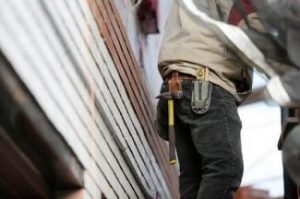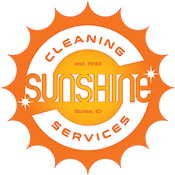Sealing, weatherproofing, and restoration are beneficial to a building’s long-term integrity for several reasons:
- Prevention of Water Damage: Sealing and weatherproofing techniques help prevent water infiltration into the building envelope. Water damage can cause a variety of problems, including mold growth, rotting of wood components, deterioration of building materials, and structural damage. By creating barriers against water penetration, sealing and weatherproofing help maintain the structural integrity of the building over time.
- Protection Against Moisture Intrusion: Moisture intrusion can lead to a host of issues such as corrosion of metal components, swelling of wood, and degradation of building materials. Proper sealing and weatherproofing help mitigate moisture intrusion, preserving the integrity of the building’s structural elements and reducing the likelihood of costly repairs or replacements.
- Enhanced Energy Efficiency: Effective sealing and weatherproofing contribute to improved energy efficiency by reducing air leakage and heat transfer through the building envelope. By preventing drafts and maintaining consistent indoor temperatures, sealing and weatherproofing help reduce heating and cooling costs, making the building more environmentally friendly and economically sustainable in the long run.
- Preservation of Aesthetic Appeal: Restoration efforts such as cleaning, repainting, or repairing damaged surfaces help preserve the aesthetic appeal of the building. Over time, exposure to environmental elements and wear-and-tear can cause surfaces to fade, crack, or deteriorate. Restoration helps maintain the visual attractiveness of the building, enhancing its curb appeal and overall value.
- Longevity of Building Components: Sealing, weatherproofing, and restoration techniques extend the lifespan of building components and materials by protecting them from degradation and deterioration caused by exposure to the elements. By investing in proactive maintenance and preservation measures, property owners can prolong the durability and functionality of their buildings, reducing the need for premature replacements and costly renovations.
In summary, sealing, weatherproofing, and restoration play critical roles in safeguarding a building’s long-term integrity by preventing water damage, controlling moisture intrusion, improving energy efficiency, preserving aesthetic appeal, and prolonging the lifespan of building components. These proactive measures help maintain the structural soundness, functionality, and value of the building over time, ensuring its sustainability and resilience against environmental challenges.



